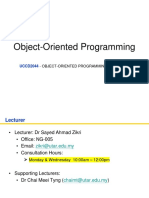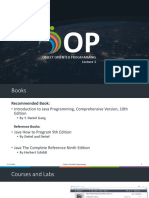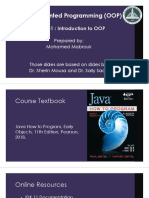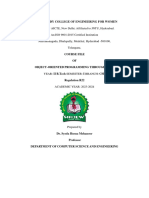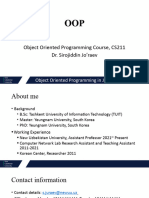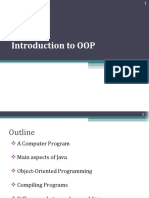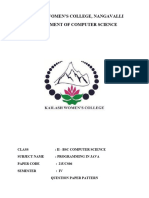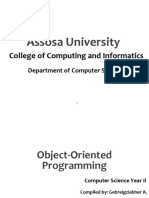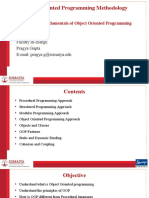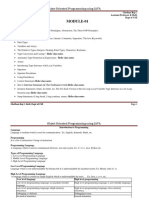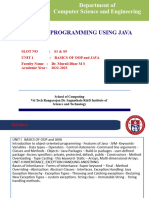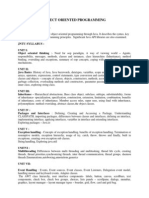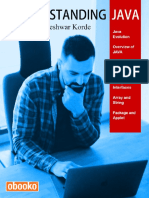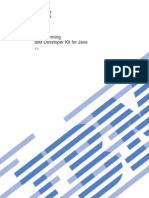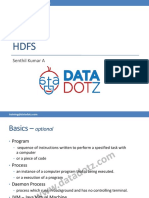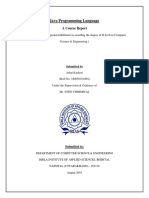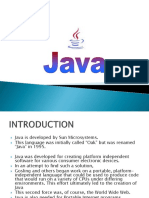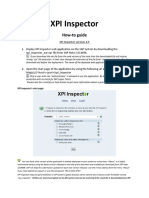0% found this document useful (0 votes)
35 views31 pagesLecture 1 - Intro To OOP
The document outlines the Object Oriented Programming (OOP) course at Vietnam National University of HCMC, led by Dr. Nguyen Trung Ky. It details the course structure, prerequisites, learning outcomes, topics covered, grading policies, and a project assignment involving game development. The course emphasizes Java programming and includes resources for further reading and online platforms for course materials.
Uploaded by
dogiathuyasd18Copyright
© © All Rights Reserved
We take content rights seriously. If you suspect this is your content, claim it here.
Available Formats
Download as PDF, TXT or read online on Scribd
0% found this document useful (0 votes)
35 views31 pagesLecture 1 - Intro To OOP
The document outlines the Object Oriented Programming (OOP) course at Vietnam National University of HCMC, led by Dr. Nguyen Trung Ky. It details the course structure, prerequisites, learning outcomes, topics covered, grading policies, and a project assignment involving game development. The course emphasizes Java programming and includes resources for further reading and online platforms for course materials.
Uploaded by
dogiathuyasd18Copyright
© © All Rights Reserved
We take content rights seriously. If you suspect this is your content, claim it here.
Available Formats
Download as PDF, TXT or read online on Scribd
/ 31
